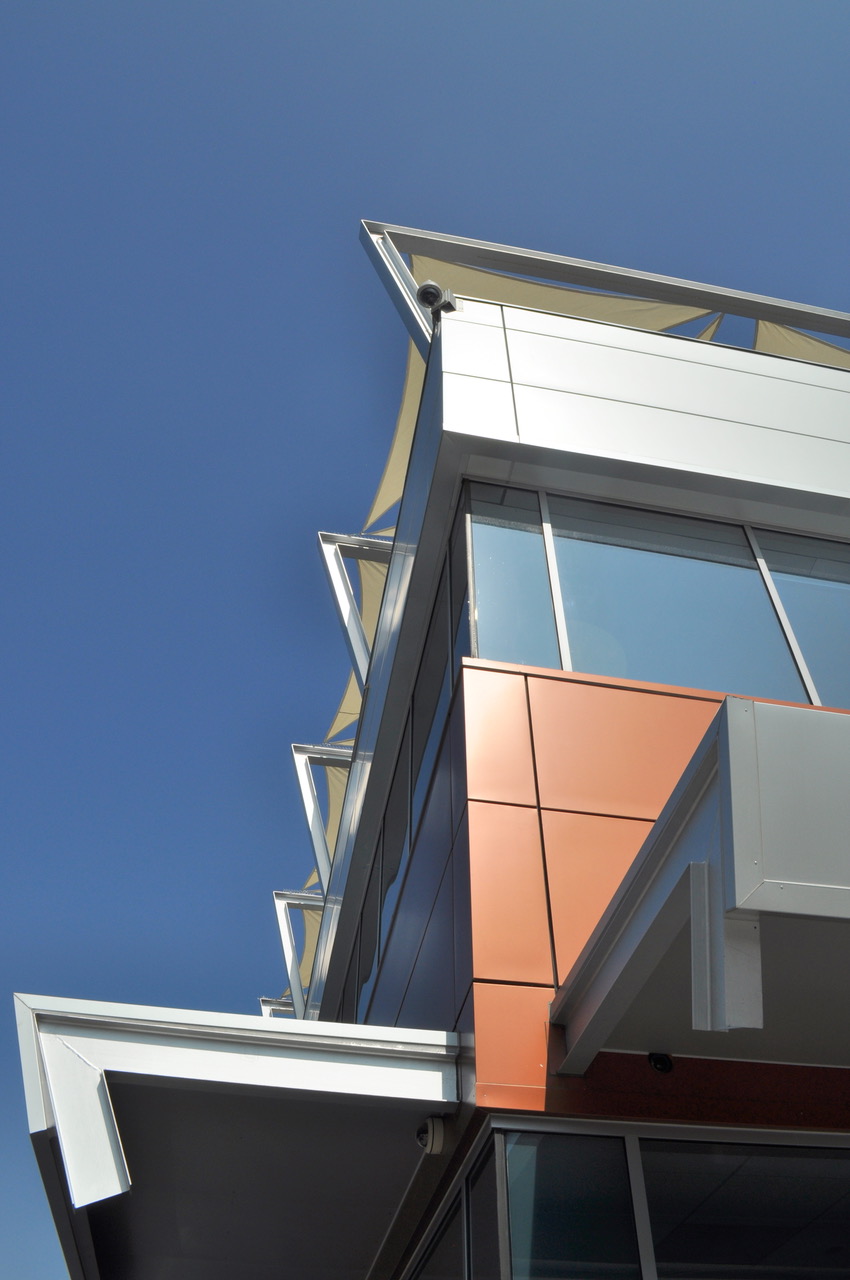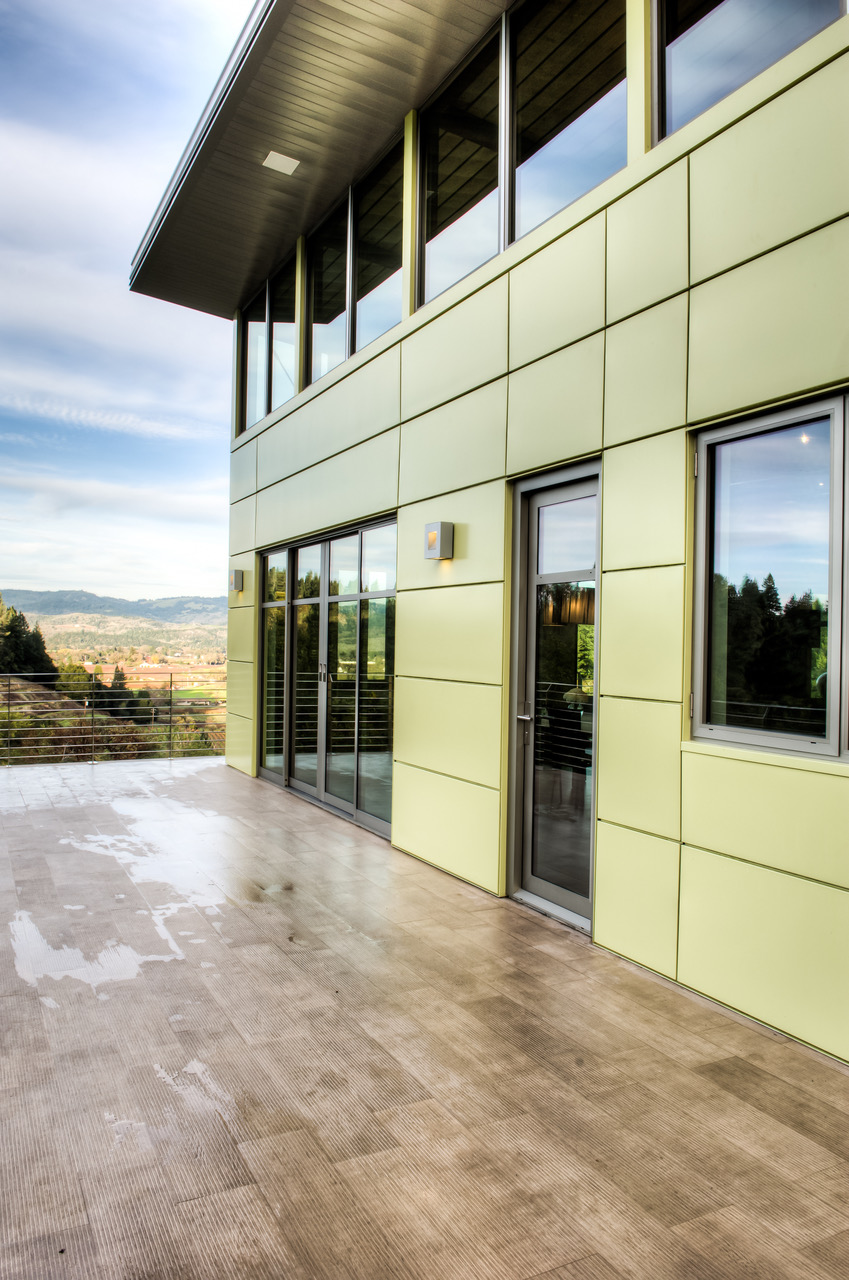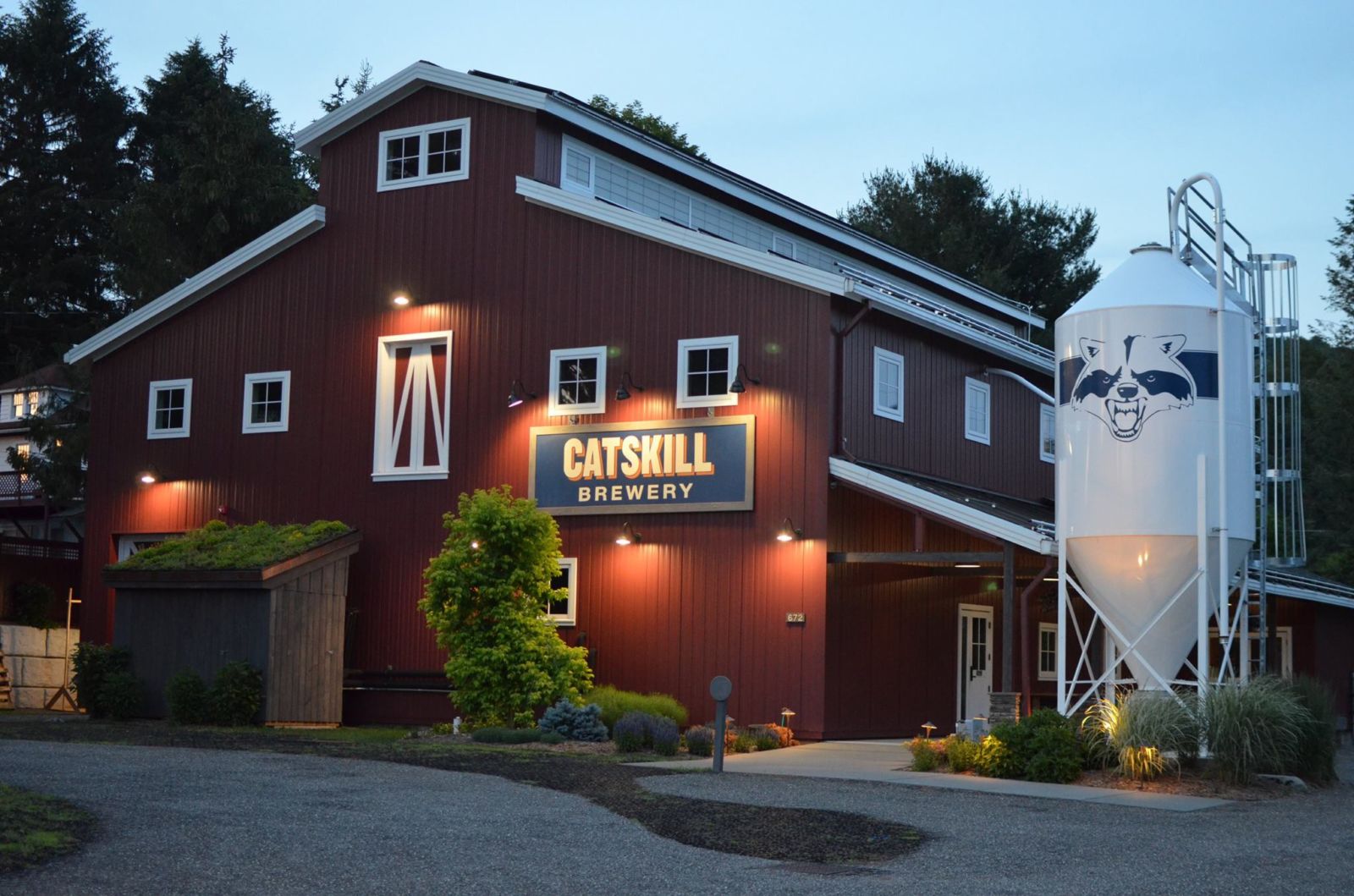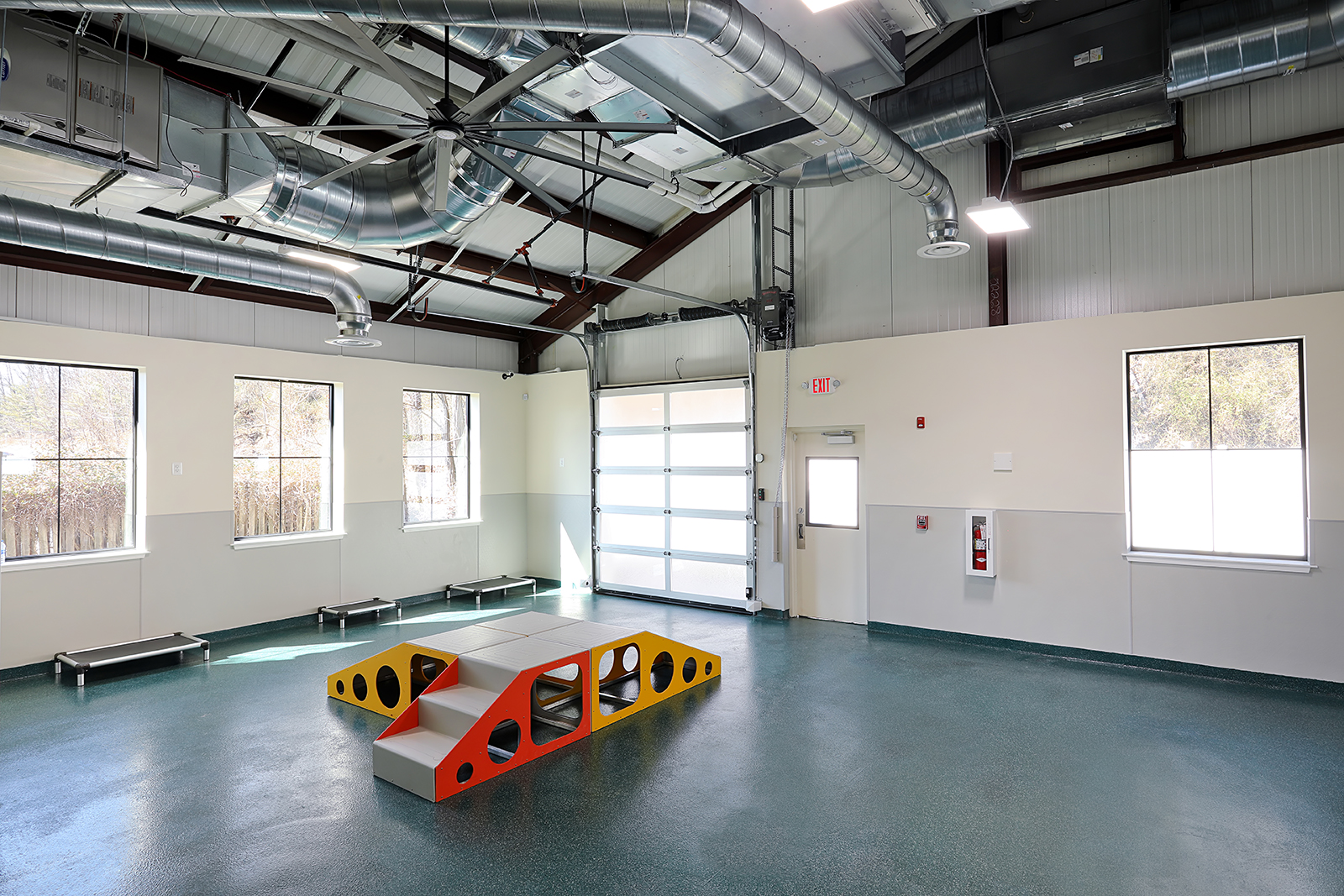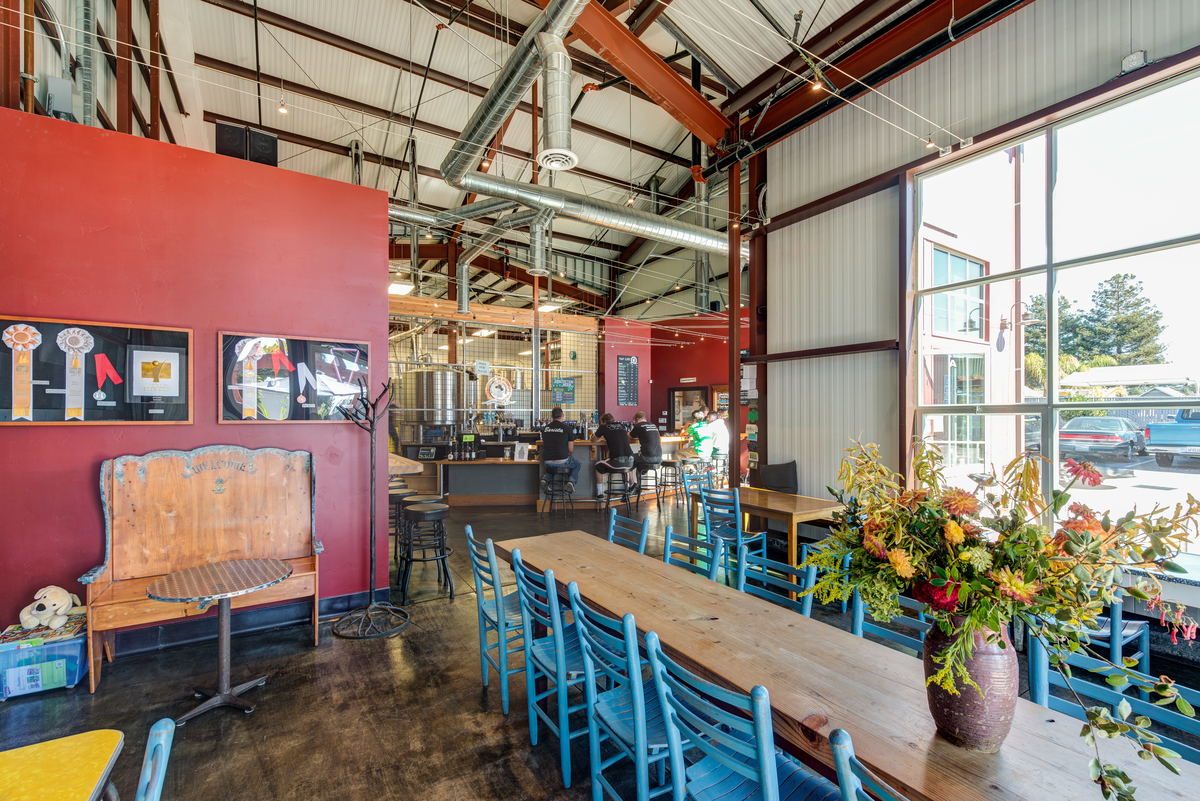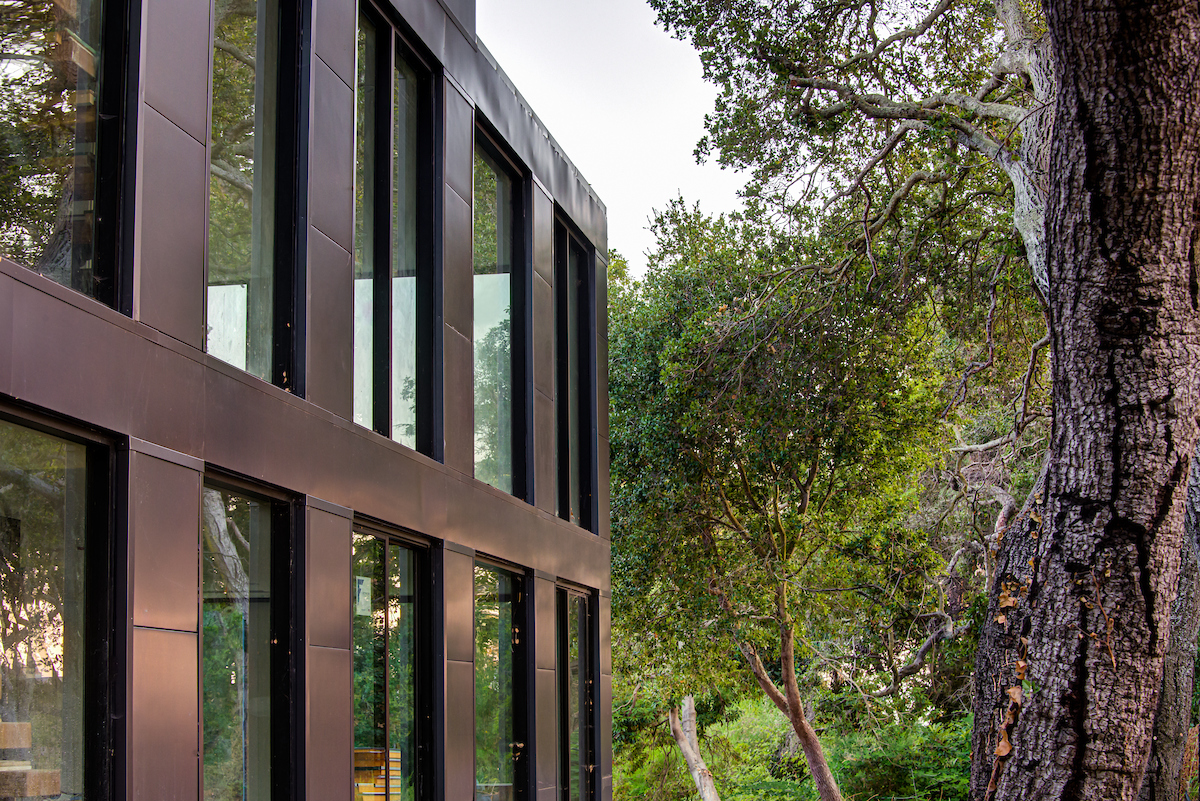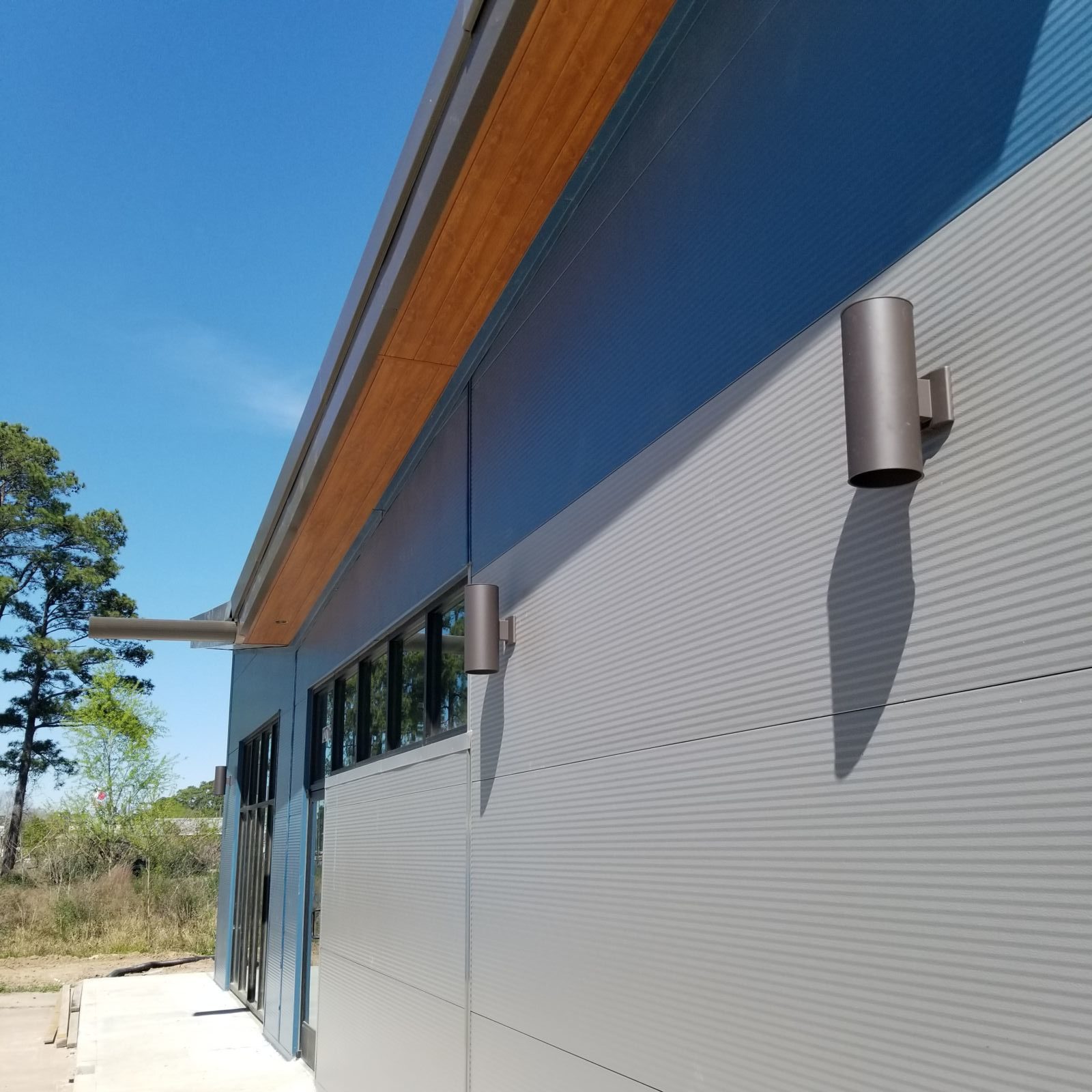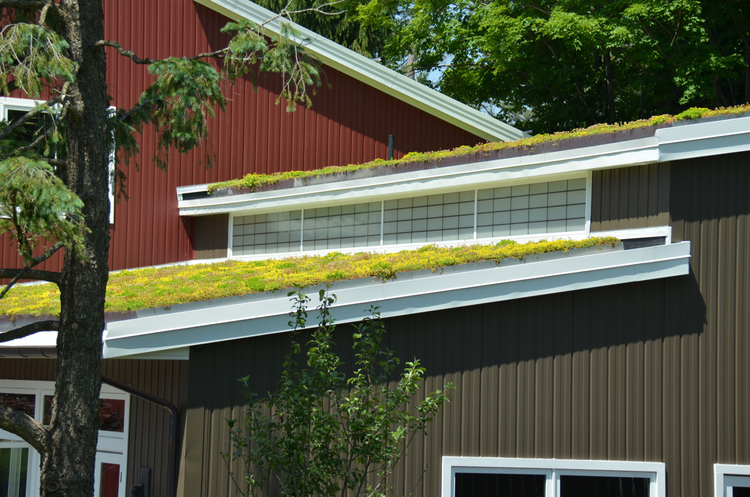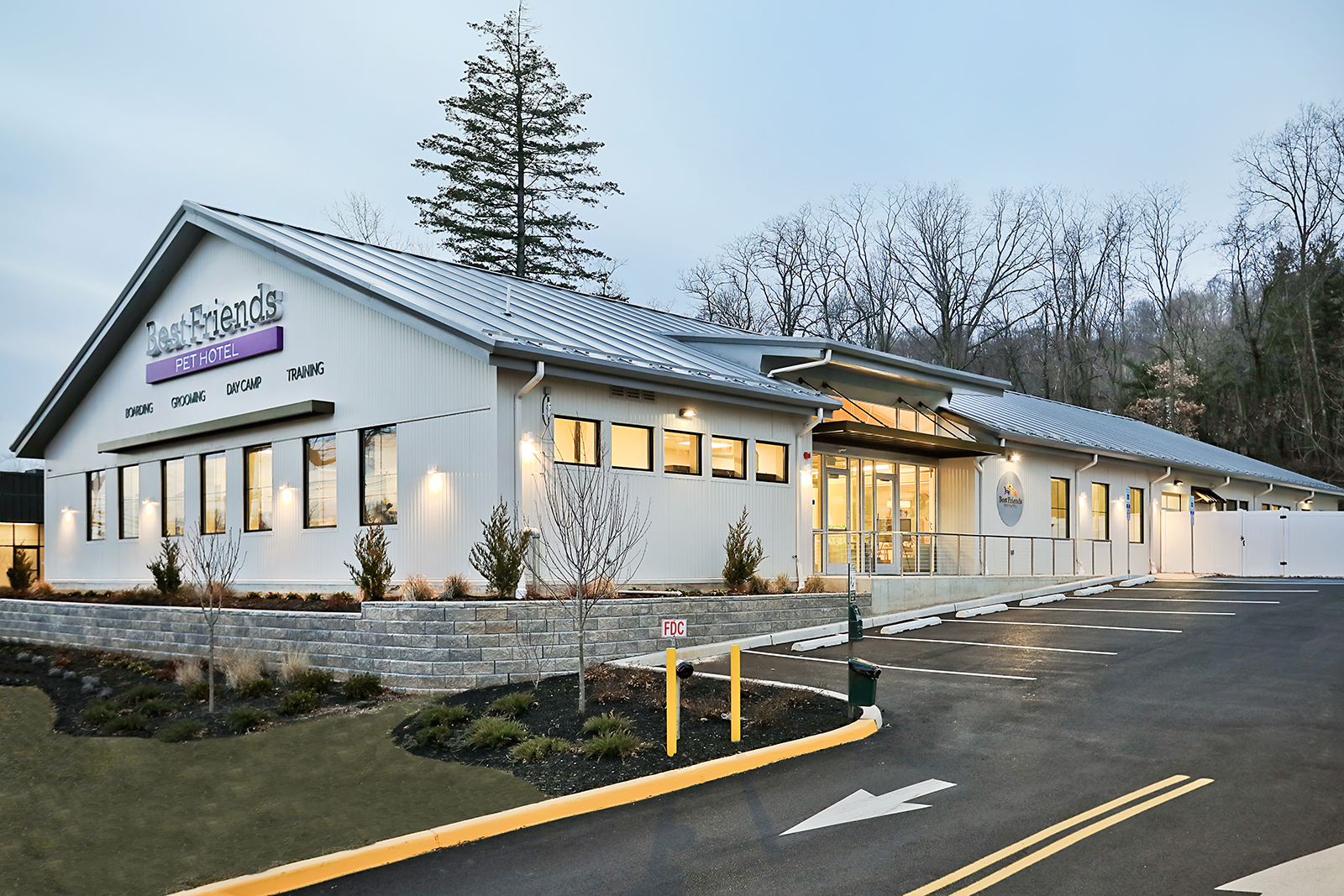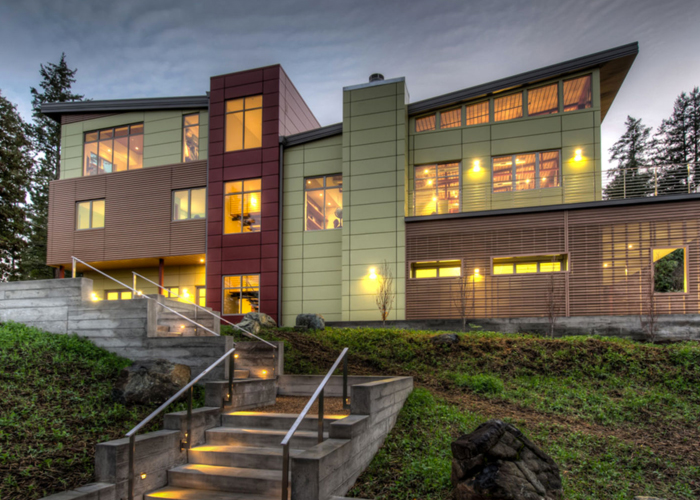Builder Insights: Why Steel Is the Material of Choice
WHAT MAKES STEEL SO SPECIAL
In the world of construction, choosing the right material is crucial for the durability, efficiency, and safety of the structure. Among various options, steel stands out as the material of choice for many builders and architects. In this article, we explore why steel is considered the best material to use in construction, why steel structures are often the preferred choice, and what makes steel so special.

Why is Steel the Best Material to Use?
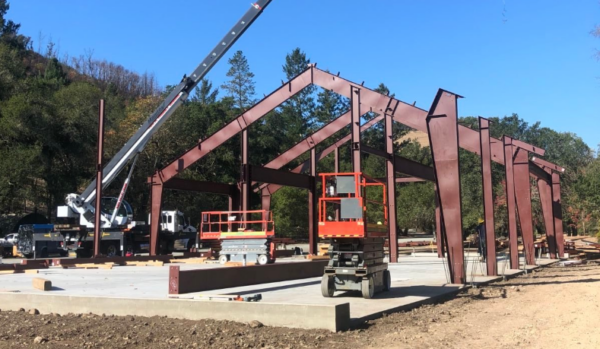
Steel offers a unique combination of strength, flexibility, and durability, making it an ideal choice for construction projects. Its high tensile strength allows it to withstand significant stress without breaking or bending. This property makes steel an excellent choice for large structures such as skyscrapers, bridges, and industrial buildings.
Additionally, steel is resistant to a variety of environmental factors. It does not warp, twist, or expand with changes in humidity and temperature, which are common issues with materials like wood. This resistance to environmental changes contributes to the longevity and stability of steel structures.
Strength and Durability
The primary reason steel is highly regarded in construction is its unparalleled strength and durability. Steel is an alloy composed of iron and carbon, which provides a balance of strength and ductility that no other construction material can match. Its strength-to-weight ratio is much higher than that of other materials, making it ideal for large and heavy structures that must endure considerable stress.
Steel structures can support immense loads and resist forces like wind and earthquakes. This is particularly important for high-rise buildings and long-span bridges where the material’s ability to bear heavy loads without buckling or breaking is essential. Steel’s durability means that structures made from it have a longer lifespan, reducing the need for frequent repairs or replacements, which can be costly and time-consuming.
Flexibility and Adaptability
Another significant advantage of steel is its flexibility and adaptability. Steel can be molded into a wide range of shapes and sizes, allowing architects and engineers to create innovative and complex designs that would be impossible with other materials. This flexibility extends to construction techniques as well; steel components can be prefabricated off-site and assembled quickly on-site, speeding up the construction process and reducing labor costs.
The adaptability of steel also means that it is easier to modify and expand existing structures. This is particularly beneficial for commercial and industrial buildings that may need to change or grow over time. For example, additional floors or extensions can be added to a steel-framed building with minimal disruption compared to traditional construction methods.
Environmental Resistance
Steel’s resistance to environmental factors is another reason it is favored in construction. Unlike wood, steel does not warp, twist, or expand with changes in humidity and temperature. This stability is crucial for maintaining the integrity of a structure over time, especially in regions with extreme weather conditions.
Steel is also resistant to pests such as termites, which can cause significant damage to wooden structures. This resistance reduces maintenance costs and extends the lifespan of the building. Additionally, steel’s non-combustible nature enhances fire safety, as it does not contribute to the spread of fire, unlike materials such as wood or certain plastics.
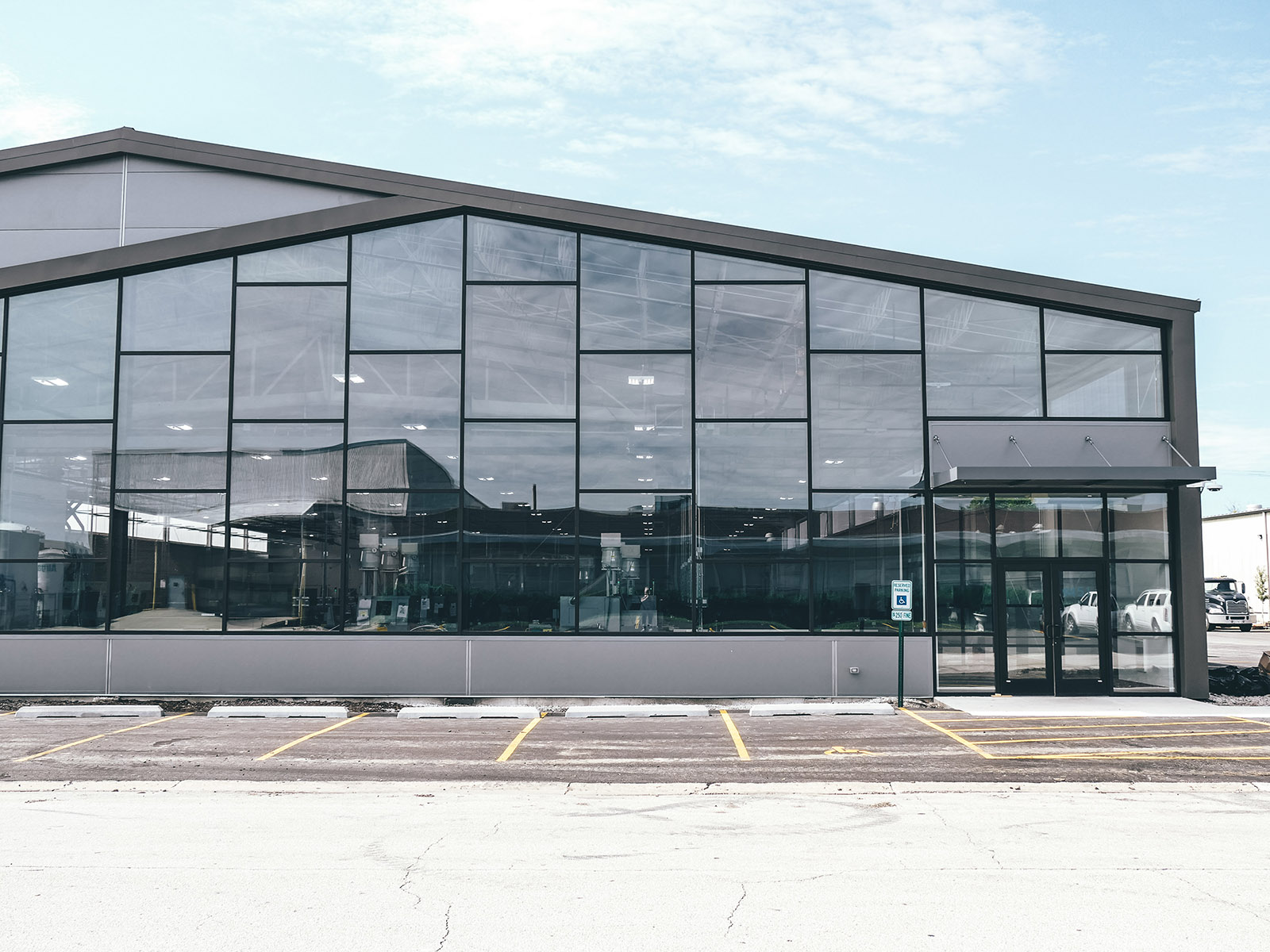
Why is Steel Structure the Best Choice?

When considering the structural integrity of a building, steel structures offer unparalleled advantages. Steel’s strength-to-weight ratio is significantly higher than other building materials, meaning that steel structures can be stronger and lighter at the same time. This allows for more innovative and ambitious architectural designs without compromising safety or stability.
Moreover, steel structures are highly adaptable. They can be easily modified or expanded to accommodate future needs, which is particularly beneficial for commercial and industrial buildings that may require changes over time. The flexibility of steel also makes it an excellent choice for seismic zones, as it can absorb and dissipate energy more effectively during an earthquake.
For more insights on how steel structures can withstand natural disasters, check out BUILDING RESILIENCE: HOW METAL STRUCTURES WITHSTAND NATURAL DISASTERS IN THE USA.
Structural Integrity and Safety
Steel structures are renowned for their structural integrity and safety. The strength and rigidity of steel provide a solid framework that can withstand various loads and stresses. This makes steel an ideal choice for high-rise buildings, bridges, and other structures that require a robust framework.
Steel’s high strength-to-weight ratio means that structures can be built taller and wider without the need for excessive support. This allows for more open spaces and fewer columns, which can be a significant advantage in both commercial and residential buildings. The ability to create large, open spaces without compromising structural integrity is one of the reasons why steel is often the material of choice for modern architecture.
Seismic and Wind Resistance
One of the critical factors in construction, especially in areas prone to natural disasters, is the material’s ability to withstand seismic activity and high winds. Steel structures excel in this regard due to their flexibility and strength. During an earthquake, a steel structure can bend without breaking, dissipating the energy from seismic waves more effectively than rigid materials like concrete.
Similarly, steel’s strength and ductility make it highly resistant to wind forces. In regions prone to hurricanes and tornadoes, steel structures can provide a higher level of safety and durability compared to traditional construction materials. For more detailed information on this topic, you can read BUILDING RESILIENCE: HOW METAL STRUCTURES WITHSTAND NATURAL DISASTERS IN THE USA.
Ease of Construction and Modification
Steel’s ease of construction and modification is another significant advantage. Steel components can be prefabricated in a factory, ensuring high quality and precision. These components are then transported to the construction site and assembled quickly, reducing on-site labor costs and construction time. This method also minimizes waste and improves safety, as much of the work is done in a controlled environment.
The ability to modify and expand steel structures with minimal disruption is a considerable benefit. As business needs change or new technologies emerge, steel buildings can be easily adapted to accommodate these changes. This flexibility makes steel an ideal choice for commercial and industrial buildings that may need to evolve over time.
Why is Steel a Preferred Construction Material?

Steel is preferred in construction not only for its physical properties but also for its economic and environmental benefits. From an economic perspective, steel is a cost-effective material. Its durability and low maintenance requirements reduce the overall lifecycle costs of a building. The speed of construction with steel also translates to lower labor costs and faster project completion times.
Environmentally, steel is a sustainable choice. It is 100% recyclable and can be reused without losing its properties. The production process of steel has also become more energy-efficient and environmentally friendly over the years, making it a responsible choice for green building initiatives.
Cost-Effectiveness
One of the most compelling reasons for choosing steel in construction is its cost-effectiveness. While the initial cost of steel may be higher than some other materials, its long-term benefits far outweigh these initial expenses. Steel’s durability means that structures require less maintenance and fewer repairs over their lifetime, leading to significant savings in the long run.
The speed of construction with steel also contributes to its cost-effectiveness. Prefabricated steel components can be quickly assembled on-site, reducing labor costs and minimizing the time needed to complete a project. This efficiency is particularly beneficial for large-scale projects where time is a critical factor.
Environmental Sustainability
In today’s world, environmental sustainability is a crucial consideration in construction. Steel stands out as a highly sustainable material due to its recyclability. Steel can be recycled indefinitely without losing its properties, making it one of the most environmentally friendly construction materials available. Recycling steel also reduces the need for raw materials and lowers the environmental impact of steel production.
The steel industry has made significant strides in improving the environmental efficiency of steel production. Modern steelmaking processes use less energy and produce fewer emissions than traditional methods. Additionally, the use of recycled steel in new construction projects helps to conserve natural resources and reduce the carbon footprint of building projects.
Versatility and Innovation
Steel’s versatility and potential for innovation are other reasons it is a preferred construction material. The ability to shape steel into various forms and sizes allows for creative and innovative architectural designs. Architects and engineers can push the boundaries of design with steel, creating unique and iconic structures that stand out.
The use of advanced technologies in steel construction, such as computer-aided design (CAD) and building information modeling (BIM), further enhances the potential for innovation. These technologies enable precise planning and execution, ensuring that steel structures are built to exact specifications and standards.
What Makes Steel So Special?
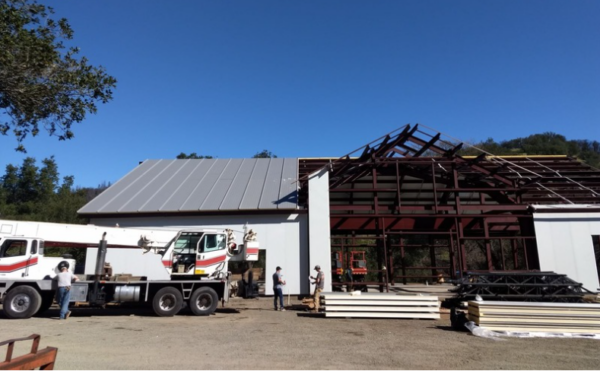
Several factors contribute to the unique qualities of steel:
-
- Versatility: Steel can be molded into various shapes and sizes, allowing for diverse architectural designs and applications.
-
- Durability: Steel structures can last for decades with minimal maintenance, making them a long-term investment.
-
- Safety: Steel is non-combustible and does not contribute to the spread of fire, enhancing the safety of the building.
-
- Recyclability: As mentioned, steel is fully recyclable, making it an eco-friendly option.
LEARN MORE – ADDITIONAL RESOURCES
BUILDING RESILIENCE: HOW METAL STRUCTURES WITHSTAND NATURAL DISASTERS IN THE USA
The long-term durability of steel is one of its most significant advantages. Steel structures can withstand the test of time with minimal maintenance, making them a sound investment for a variety of applications. Whether used in buildings, bridges, or other infrastructures, steel offers longevity and resistance to environmental factors like corrosion, weather changes, and heavy loads, ensuring structural integrity for decades.

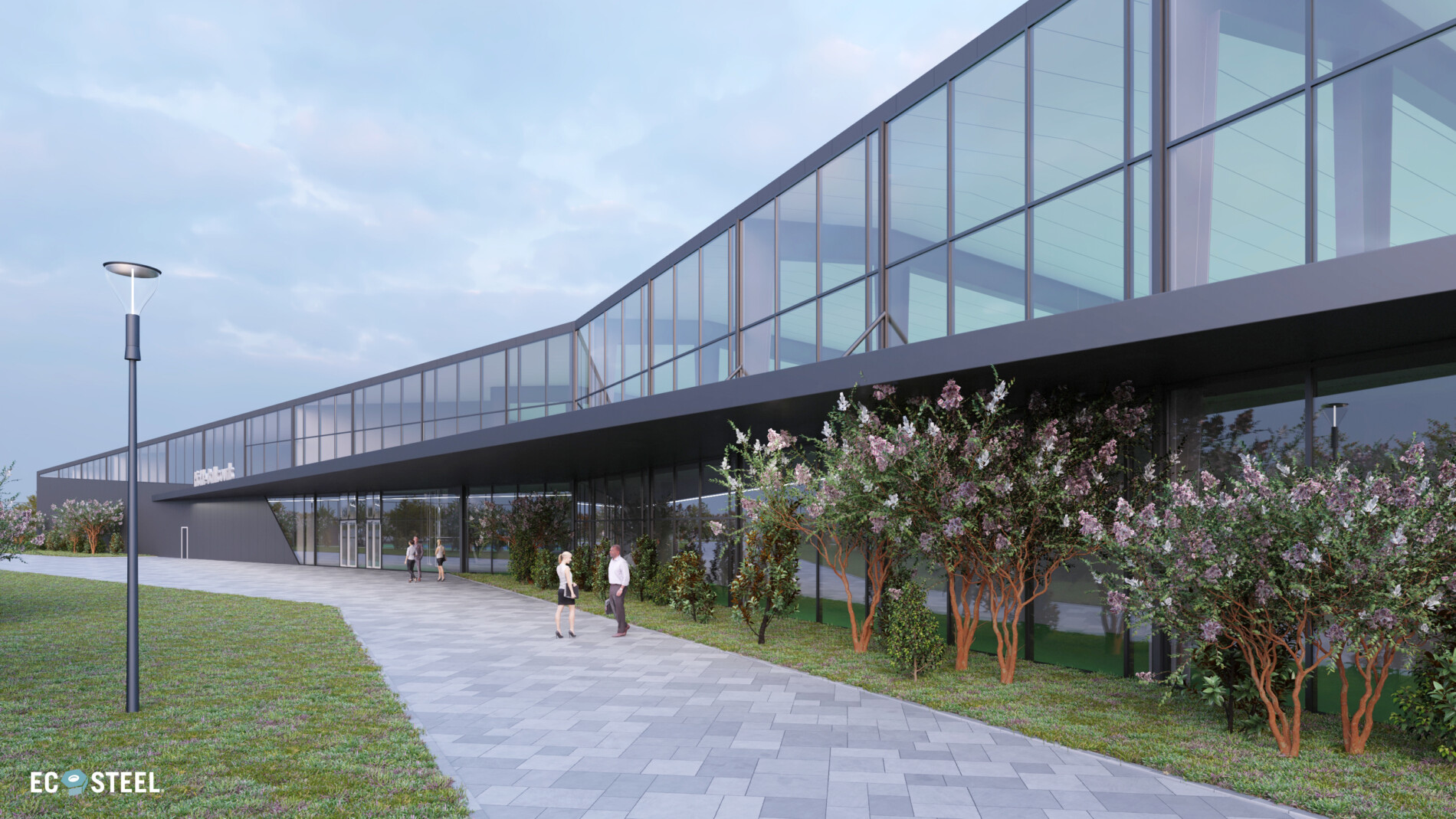
WHY ECOSTEEL?
EcoSteel building systems come in a variety of shapes and sizes, but at their core they all utilize a custom engineered structural steel frame and a high-performance insulated shell. From sub-zero temperatures to dry heat or high humidity, Mother Nature continually tests the limits of building envelopes. While our insulated wall panels are a popular option, sometimes they are substituted or combined with masonry, stone, pre-cast or tilt-up concrete, wood, glass or other architectural wall treatments. The versatility and flexibility of our building systems allows for a myriad of colors, shapes, textures and designs. Today’s building projects require the perfect combination of energy efficiency, creative versatility, and reduced construction cost.
